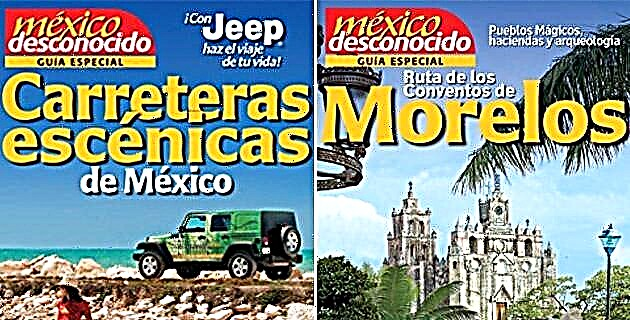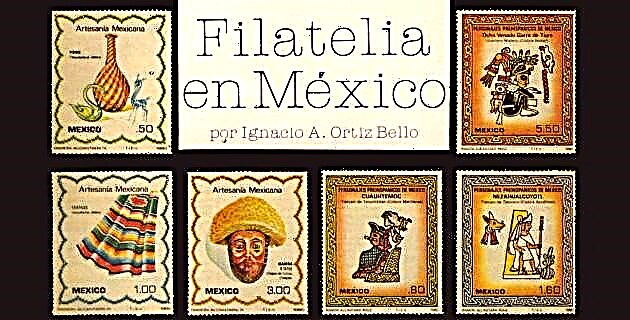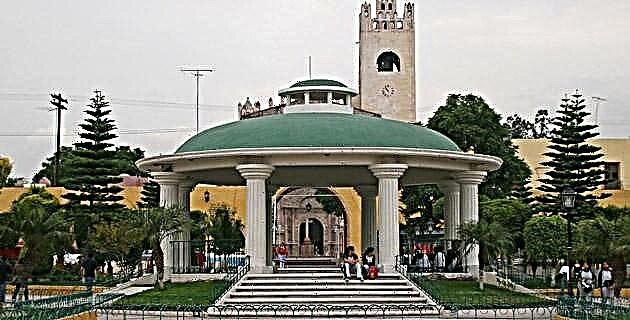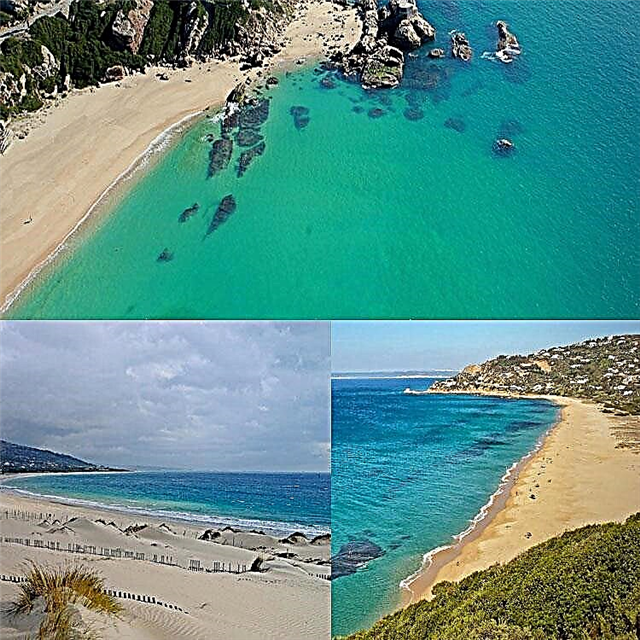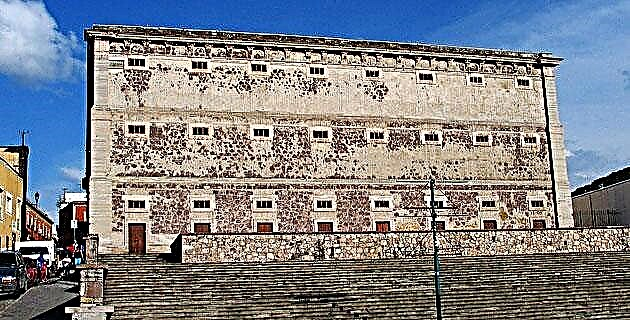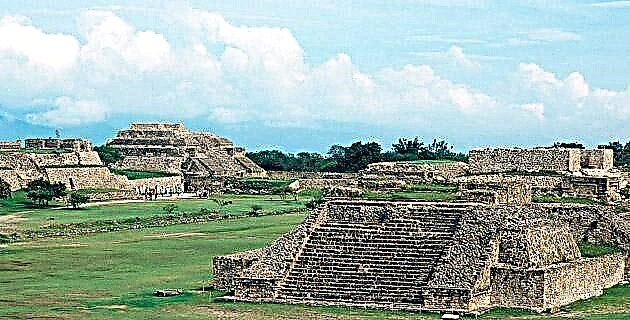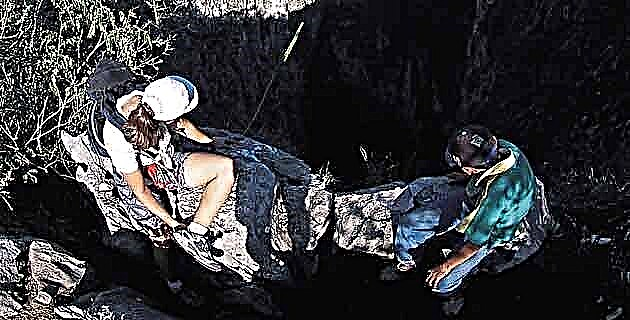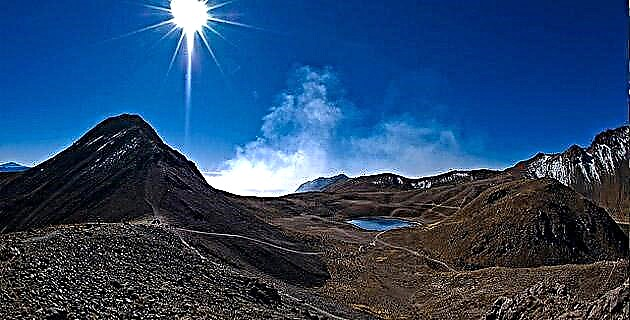
The development of the state of Hidalgo after the Spanish conquest, had two important directions: on the one hand, a feverish mining activity was unleashed that concluded with the establishment of towns and farms for the benefit of metals, and on the other, the important process of evangelization directed to the diverse indigenous populations that lived in the regions of the entity.
In this sense, we can affirm that the state of Hidalgo is the heir to important and valuable examples of 16th century architecture, a product of the intense work of evangelization initiated by the Franciscan and Augustinian friars. The magnificent convent buildings and the small liaison chapels built by both religious orders are located in a large portion of the Hidalgo territory, be it the Sierra Alta, the Valle del Mezquital, the Huasteca and the Los Llanos region.
Although these buildings responded at the time to the needs of a common activity, to a certain extent they have similar construction patterns, although there are notable differences between those built by Augustinians and Franciscans. The former are richer and more elaborate, both in their architectural programs and in the complex mural painting ensembles that some of them proudly display. The Franciscan establishments, for their part, are more modest although they are not without interest, since they are an important part of the history of the entity.
When you visit Hidalgo, you will find all these examples of convent architecture at your fingertips and you will discover with amazement the monumentality of Actopan, the beauty and ingenuity of Ixmiquilpan, the sobriety of Alfajayucan, the Plateresque simplicity of Atotonilco el Grande and the Gothic elegance of Molango, to mention a few, all of them with their wall paintings, their cloisters, atrial crosses, open chapels and poses, and a peaceful atmosphere along with some beautiful legend to tell.
But the architectural history of the state does not end in the sixteenth century, because during the seventeenth and eighteenth centuries interesting examples of Baroque were also developed in some temples, many of them adorned with beautiful altars and gilded altarpieces decorated with paintings of religious themes and images of Saints. Among the most representative monuments can be found Apan, whose temple keeps a beautiful altarpiece.
For the 19th century, the strong French influence that accompanied the Porfirian period was felt in the entity and an example of this are the monumental clocks and the various municipal and government palaces that were built mainly in neoclassical style, without forgetting, of course, the large houses and palaces that aristocratic families had built.
A separate mention, without a doubt, belongs to the multiple estates that were built during the 18th and 19th centuries; Some to benefit the metals that were extracted from the productive mines, such as that of San Miguel Regla, and others to benefit a product as much or more precious than minerals: pulque. Many of them belonged to aristocratic families of Porfirian society.
Thus, a good trip to the interior of the roots of the state of Hidalgo will always offer you a beautiful opportunity to know its wonders and embark on a disturbing adventure throughout its territory, where you will find places of indescribable beauty that serve as a framework to enhance the magnificence of all its monuments that today are an integral part of the history of this wonderful entity.
Source: Unknown Mexico Guide No. 62 Hidalgo / September-October 2000

